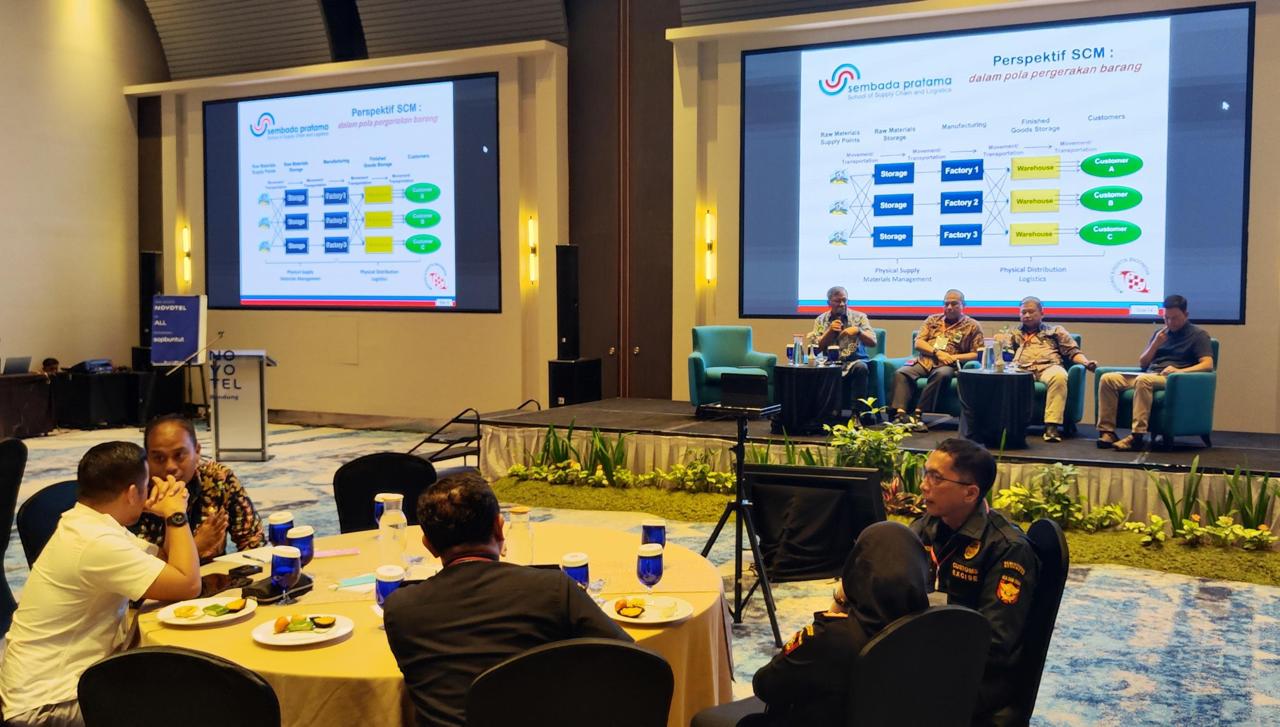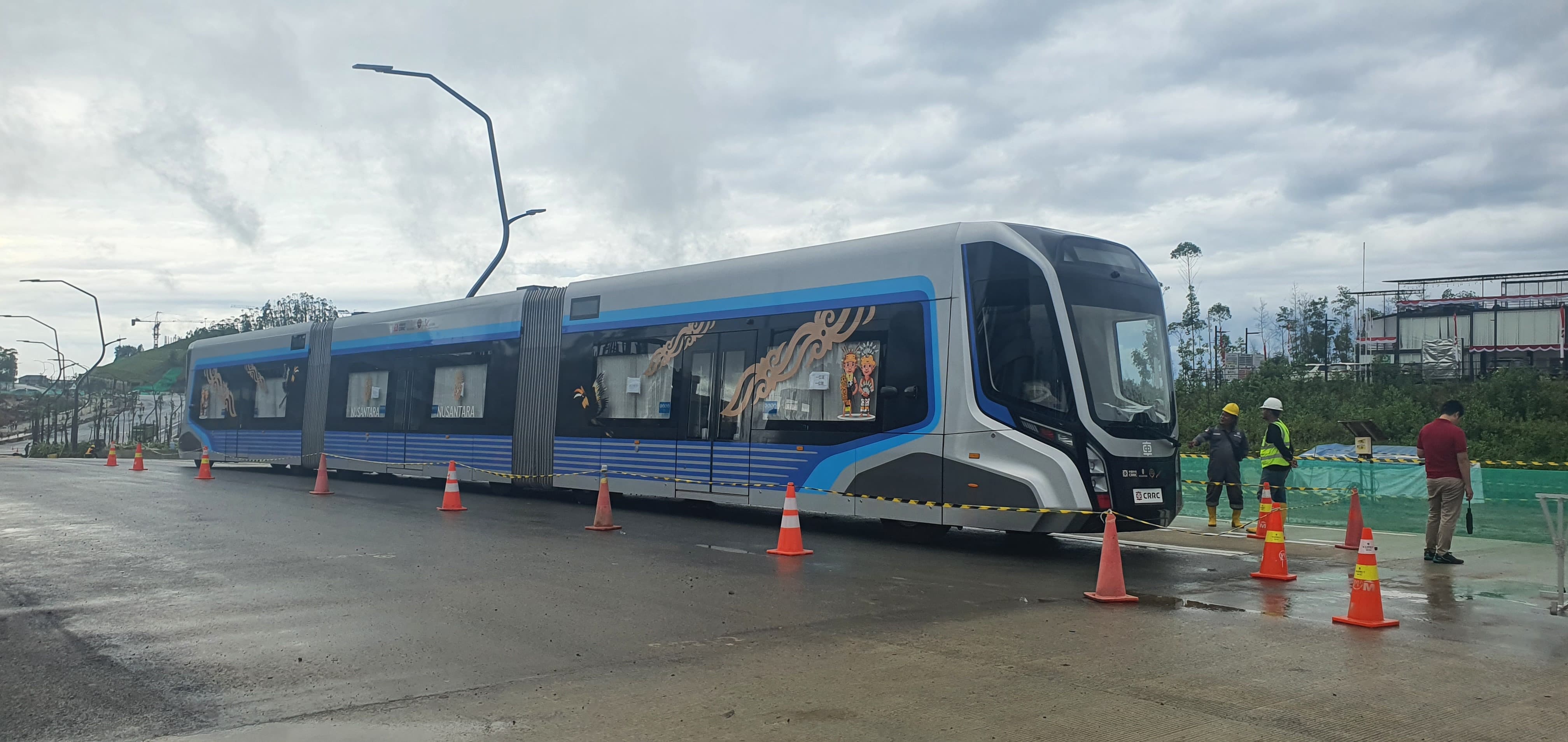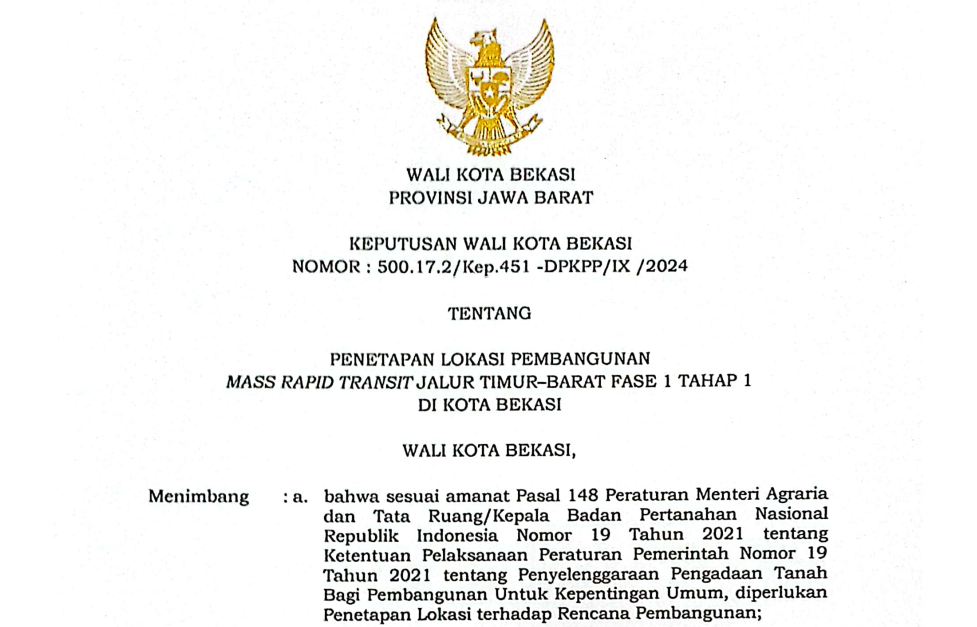Improving the Capacity of DJKA Human Resources on Railway Operations Systems

Bekasi (10/6) In order to improve the Regulation of the Minister of Transportation Number PM 121 of 2017 concerning Railway Traffic, as well as improving the competence and knowledge of Human Resources, especially in the field of railway operations, a Human Resources Capacity Building on Railway Operation Systems was carried out on 10-12 June 2024 in Bekasi, West Java. The discussion material presented by the Head of Traffic Sub-Directorate, Mr. Awang Meindra, included Road Plots, Emplacements, Block Systems, and Railway Signaling Equipment.
A brief summary of the material discussed in the agenda, regarding Road Plots, namely the part of the railway line located between two adjacent/next-door AS Stations, its function is to find out the distance between two adjacent stations, including knowing the travel time when the peak speed has occurred. Road plots have no direct relationship to PERKA affairs. In the GAPEKA sheet, the Station As is a horizontal line (the section between two lines). Road plots cannot be divided into several plots, because each boundary is different.
The emplacement is a track located at a station with a maximum gradient of 1.5 per mile used for trains to stop, depart, to board/alight passengers and/or to load/unload goods and/or parking/stabling which is limited by free markers (preipal), exit signal positions, or train stop limit positions, the closest track numbering at the emplacement starts from the PPKA office, as follows: 1) Train tracks, namely tracks that can receive and/or dispatch trains, are numbered in Roman numerals; 2) Non-train tracks, cannot receive or dispatch trains; can be shunting tracks or at the same time loading and/or unloading, stabling etc. tracks, are numbered in Latin letters. The block plot is limited by two consecutive signals according to the direction of the train, which can be an exit signal, an entry signal or a block signal, at the station according to the applicable train track. The block plot between the exit signal and the entry signal can be divided into several block plots, not road plots which can be divided into several block plots. The distance of the block plot is determined by the Headway/Frequency requirements, the block plot between the incoming signal and the outgoing signal is determined by the length of the circuit and/or braking distance, on a single track for shunting requirements.
The block system consists of:
1) FIX BLOCK:
All fixed signals (standing still) at the specified kilometer point according to the type of signal, both mechanical signals and electrical signals including automatic block connections, are installed on the right side of the direction of train travel.
2) MOVING BLOCK:
All moving signals are not at the kilometer point, the signal aspect/indication is in the driver's cabin. The Distance of the Moving Main Signals in a Row is Determined by the predetermined braking distance plus a safety factor, the higher the maximum speed, the further the distance between two trains in a row or Headway distance
Signalling Equipment, Signals are tools or devices used to convey commands for regulating train travel with displays and/or colors based on placement consisting of:
1) Indoor equipment;
2) Outdoor equipment;
3) Equipment in the facility.
The types consist of:
1) Electrical Signaling;
2) Mechanical Signaling.













Komentar
LOGIN FOR COMMENT Sign in with Google